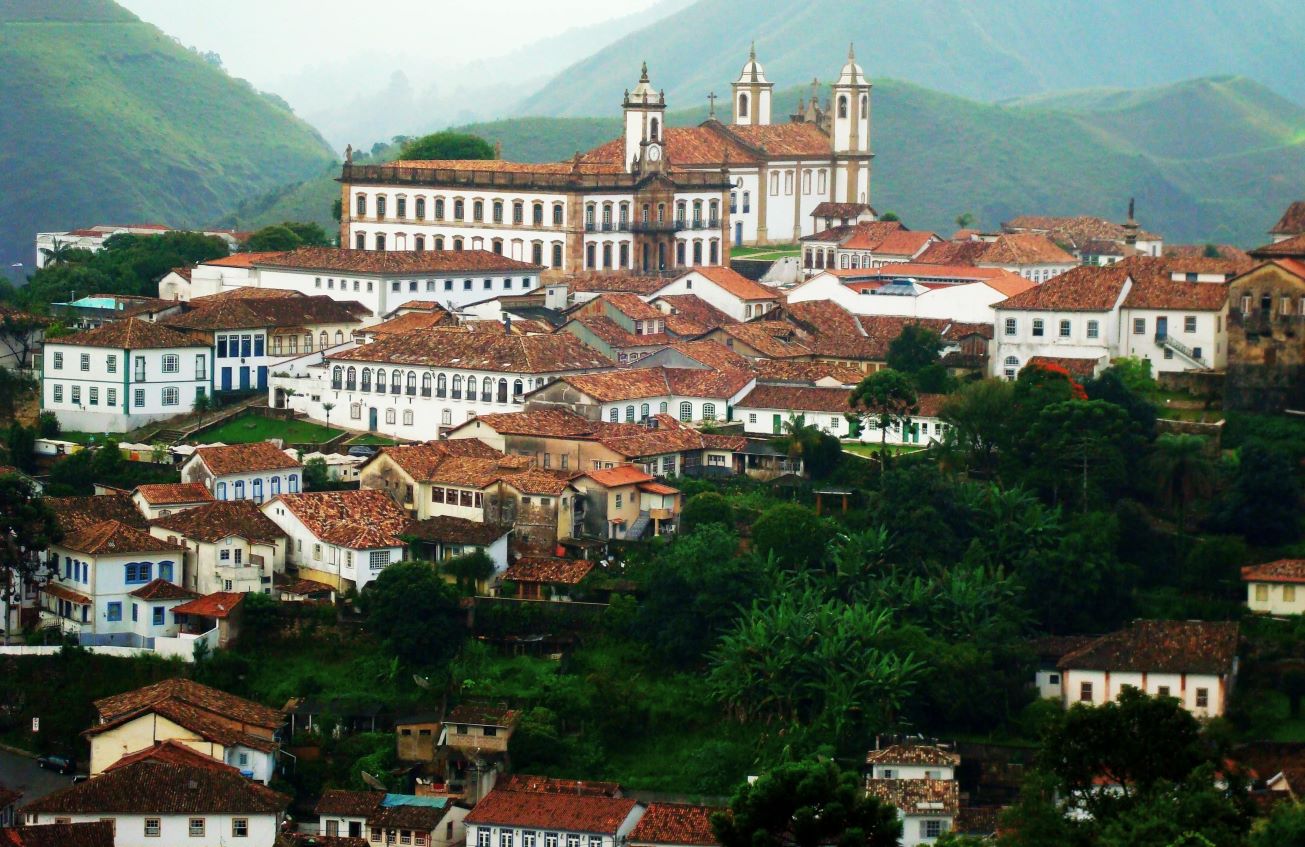
Minas Gerais
Coffee Production in Minas Gerais, Brazil
1. Historical Background
Minas Gerais, Brazil’s most prominent coffee-producing state, has played a central role in the country’s ascent as the world’s largest coffee exporter. Coffee cultivation in the region began in the early 18th century, and by the mid-1800s, Minas Gerais was contributing significantly to Brazil’s coffee-based economic expansion. Over time, coffee supplanted sugar and other commodities, becoming Brazil’s primary agricultural export. The region’s vast, fertile highlands, combined with favorable climate conditions, enabled widespread cultivation and helped establish a robust infrastructure for production, transport, and export. Today, Minas Gerais produces roughly 50% of all Brazilian Arabica coffee, making it a cornerstone of both volume-based and specialty-grade coffee in global markets.
2. Growth and Regional Development
Minas Gerais has evolved from being a land of large estates to a more diversified structure that includes thousands of smallholder farms, particularly in subregions such as Sul de Minas, Cerrado Mineiro, Chapada de Minas, and Matas de Minas. The state is known not only for its quantity of production but also for the diversity of microclimates and altitudes, which allows for the cultivation of a wide range of coffee varietals and cup profiles. Innovation has been embraced at both the smallholder and estate levels, with investments in sustainable farming, post-harvest processing techniques, and quality differentiation.
In particular, the Cerrado Mineiro region within Minas Gerais became the first Brazilian coffee-growing area to receive Protected Geographical Indication (PGI) status in 2005, reinforcing the state’s global reputation for high-quality, traceable coffee.
3. Present-Day Production and Export Trends
Minas Gerais remains Brazil’s top coffee-producing region, yielding an average of 22–25 million 60-kg bags annually, depending on seasonal conditions. The vast majority of this output is Arabica, which is prized for its nuanced flavor and acidity. Most coffee is harvested mechanically due to the relatively flat terrain in many parts of the state, though hand-picking is still used in hillier areas, especially for microlot production.
While Brazil continues to focus on volume exports, Minas Gerais has carved out a strong position in the specialty market, with many producers now offering traceable microlots, natural and pulped natural processes, and experimental fermentations. These coffees are increasingly sought after by high-end roasters across North America, Europe, and Asia.
4. Market Dynamics and Trade Challenges
Despite its strengths, Minas Gerais faces several key challenges in the modern coffee trade:
Climate change has had significant impacts in recent years, with increased incidents of drought and frost reducing yields and altering harvest cycles.
Economic volatility and rising production costs have pressured many smallholder farmers, prompting some to adopt regenerative and organic farming practices as a way to increase long-term sustainability and quality.
Tariff and trade barriers, such as recent increases in import tariffs from the U.S., have created uncertainty in export markets, particularly for producers who rely on bulk green coffee exports.
Nevertheless, Minas Gerais remains adaptive. Regional cooperatives, producer alliances, and exporters have increased investments in traceability, sustainability certification, and direct trade relationships, helping to preserve the region’s competitiveness.
5. Outlook
The future of coffee production in Minas Gerais is rooted in adaptability and differentiation. While the region will continue to be a global leader in volume, its specialty segment is poised for continued growth. Producers are increasingly experimenting with new cultivars, post-harvest processes, and shade-grown systems to enhance cup quality and climate resilience.
Ongoing efforts to promote transparency, environmental stewardship, and direct-to-roaster relationships are expected to strengthen Minas Gerais’ position as both a bulk producer and a specialty origin. Its role in shaping Brazil’s coffee narrative—past, present, and future—remains vital.
Learn more about the Origin
Shop Coffees from Minas Gerais
-
Example product title
Regular price $19.99 USDRegular priceUnit price / per -
Example product title
Regular price $19.99 USDRegular priceUnit price / per -
Example product title
Regular price $19.99 USDRegular priceUnit price / per -
Example product title
Regular price $19.99 USDRegular priceUnit price / per

